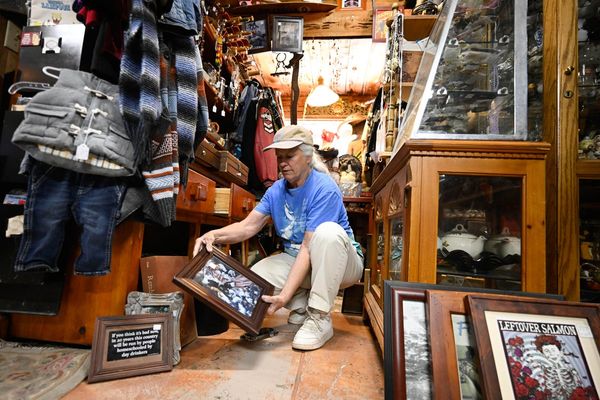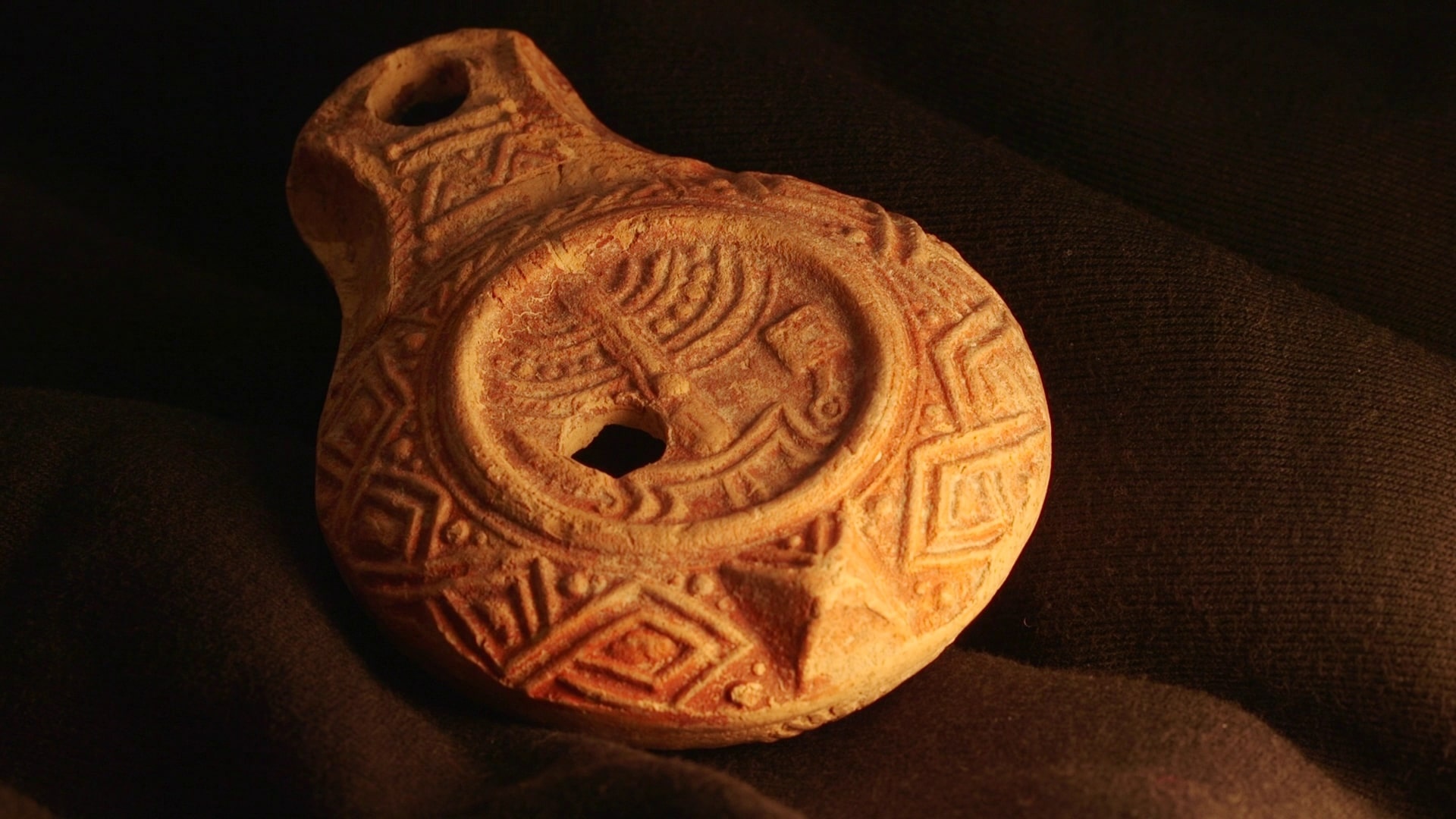
Archaeologists in Jerusalem have discovered a 1,700-year-old oil lamp decorated with rare Jewish artwork, including a unique menorah — a surprise given that the Roman Empire had tried to suppress the religion after a revolt in the region, according to the Israel Antiquities Authority (IAA).
The lamp has imagery of a menorah with an incense shovel and special palm frond, called a "lulav," that were used in Jewish rituals. The menorah has seven branches, symbolizing those used only in the Second Temple, a holy place for Jews in Jerusalem that the Romans had destroyed in A.D. 70. By the time this oil lamp was crafted in the third century A.D., the temple had been destroyed for more than 100 years.
The Times of Israel reported that the lamp was found a few months ago during archaeological excavations near the Mount of Olives, a ridge just east of Jerusalem's Old City. The hill was named for the olive groves that once grew there, and in the Christian New Testament it is where Jesus gathered his disciples before ascending to heaven.
The clay lamp, however, is decorated with distinctively Jewish motifs. "The Mount of Olives lamp is one of the few material traces of a Jewish presence around Jerusalem in the 3rd-5th centuries CE," Michael Chernin, director of the excavation for the IAA, said in a statement. The Romans suppressed worship in Jerusalem after they defeated a Jewish revolt in A.D. 135. But the lamp shows the persistence of Jewish belief there in the centuries that followed, Chernin said.
Related: Grotesque 'good luck' lamp from Roman Jerusalem is missing half its face
Clash of Jewish and Roman cultures
Roman historians and Jewish sources describe the failure of the Bar Kokhba revolt in A.D. 135. This rebellion against Roman rule in Judaea, led by the Jewish military commander Simon Bar Kokhba, was initially successful, but it ended after Bar Kokhba was killed at a stronghold in the Judaean Mountains.
This was the third major Jewish revolt against Roman rule. In response, Emperor Hadrian ordered the restriction of Jewish worship and the expulsion of many Jews from Jerusalem as punishment, in addition to the half a million or so killed in the uprising.
Hadrian then renamed Jerusalem "Aelia Capitolina" (Aelius was his family name) and ordered the Roman province of Judaea to be called "Syria Palaestina" — a name derived from the Philistines, who'd been enemies of the ancient Israelites.
But while Jewish worship in the region was heavily restricted after Hadrian, a few surviving artifacts indicate that the Roman attempts to suppress the religion were not a complete victory.
"This finding is particularly surprising, since we have very little evidence of the existence of a Jewish settlement in and around Jerusalem from this period," Chernin said.
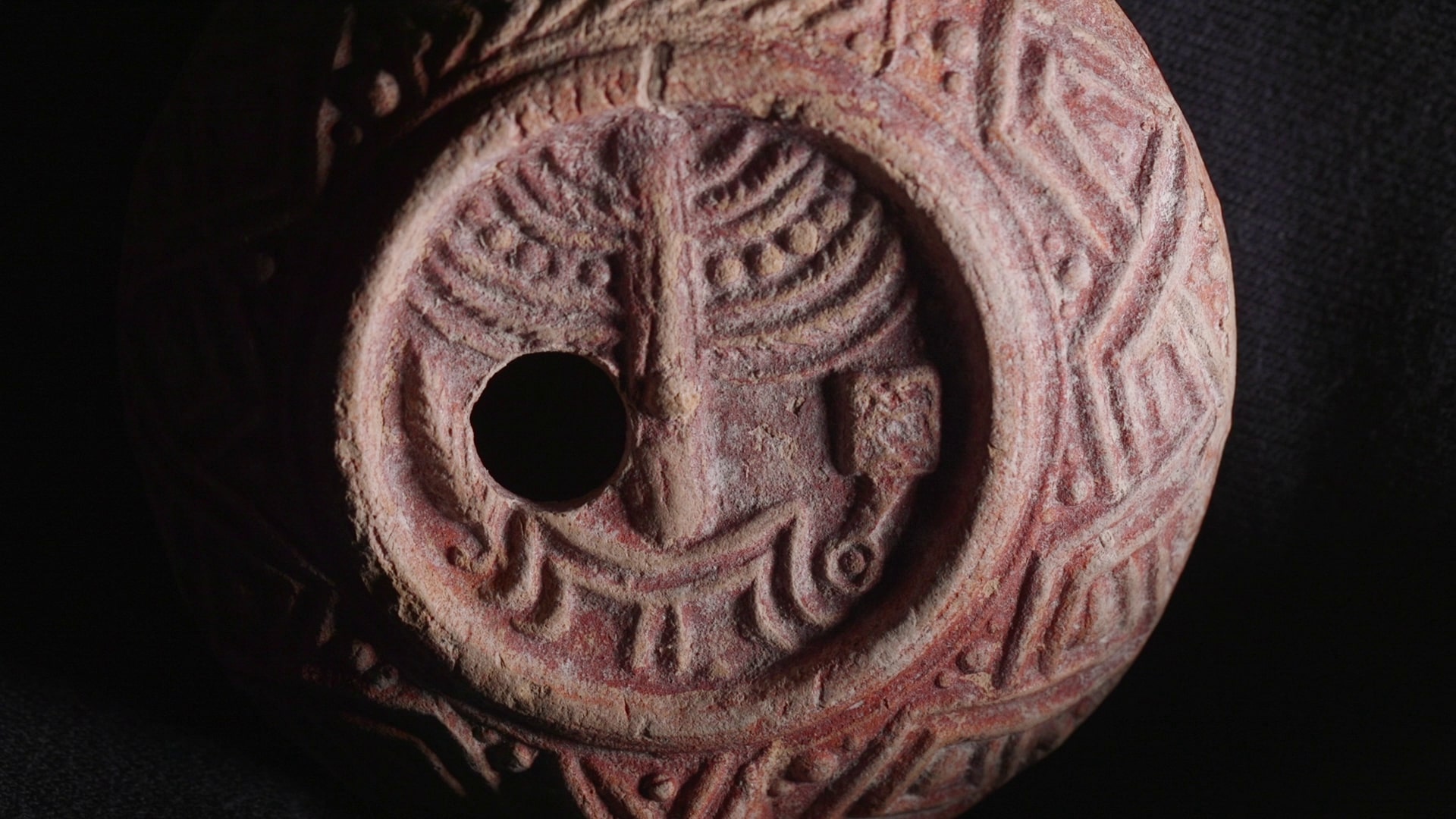
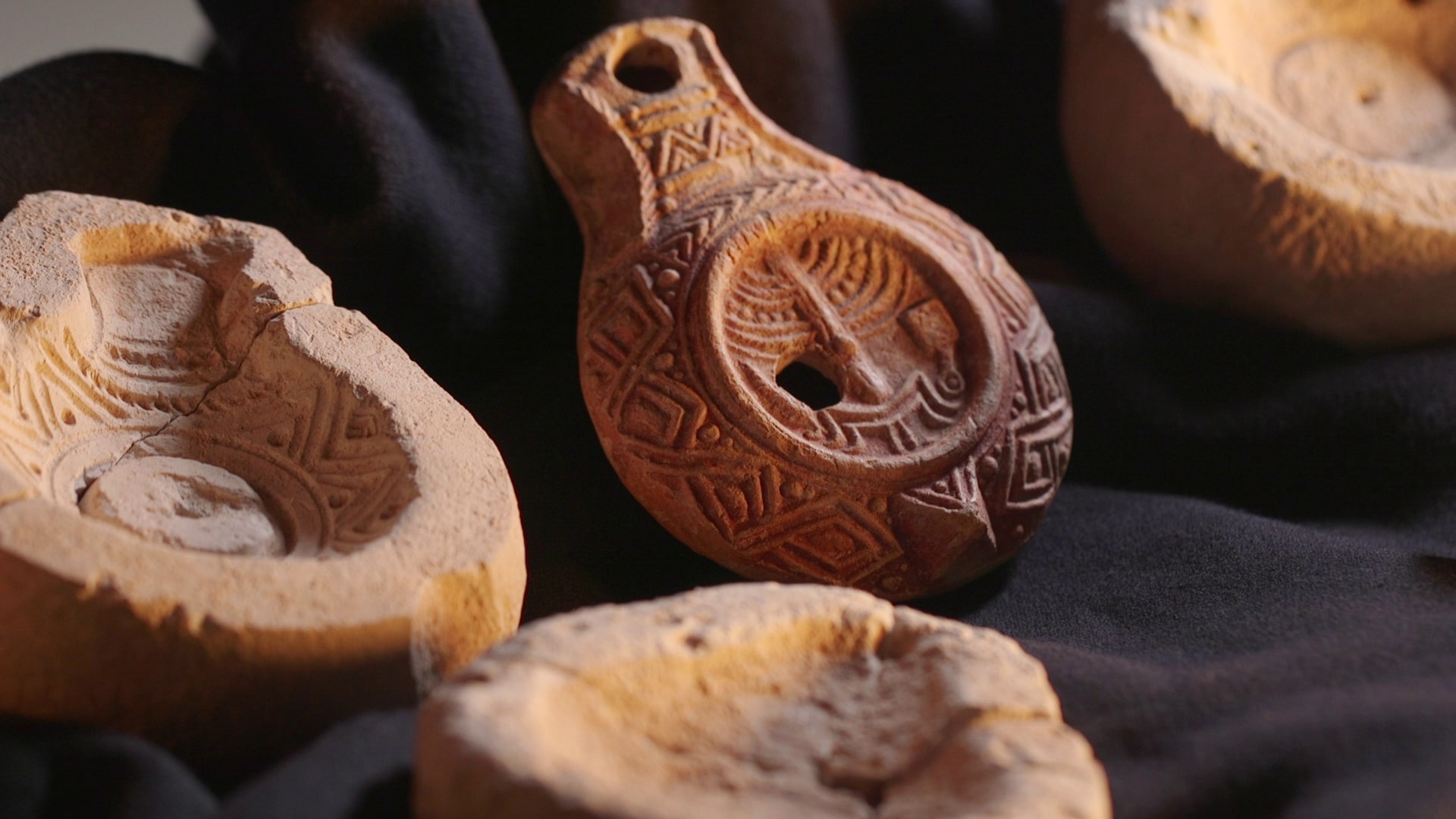
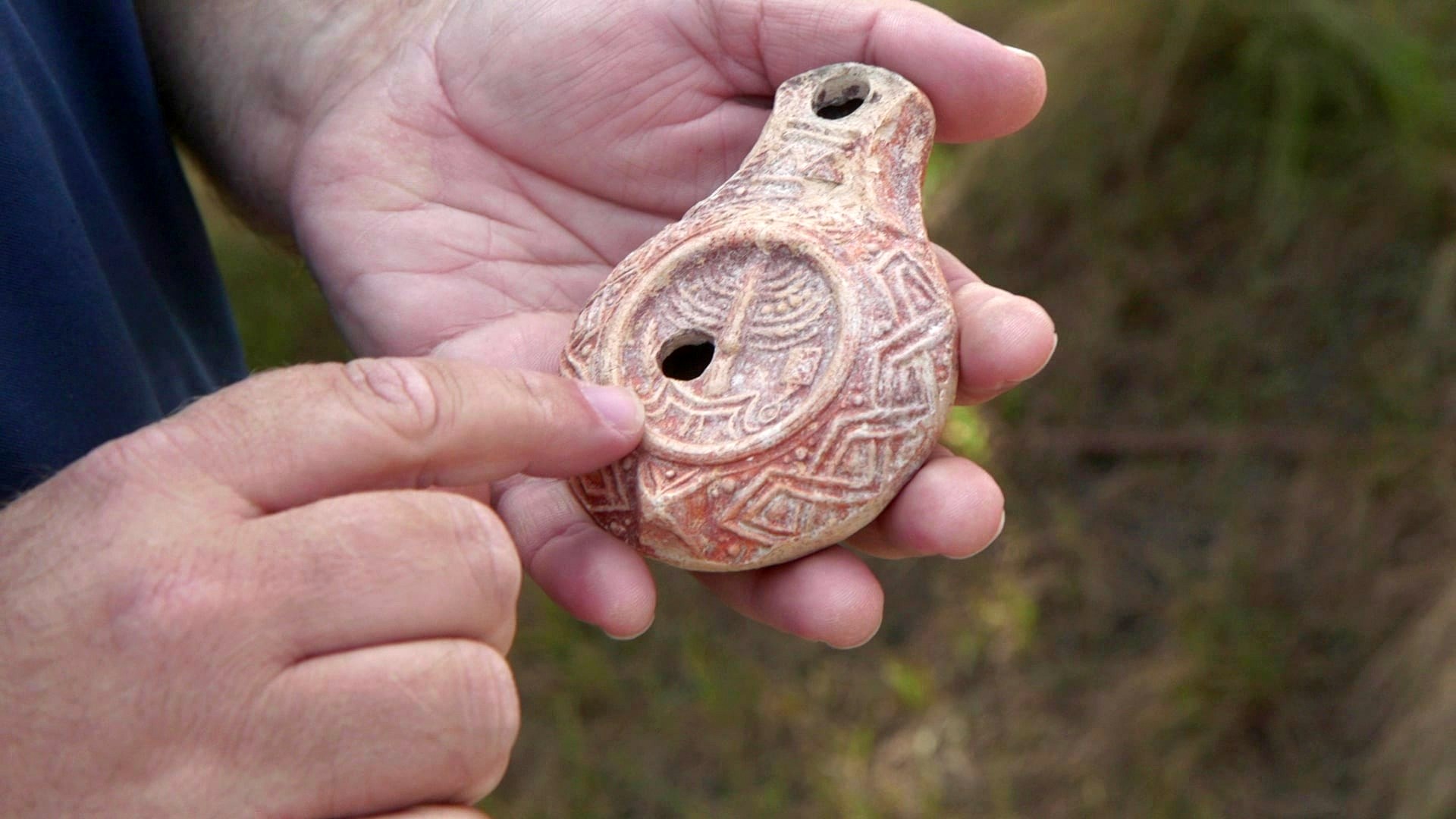
Ancient lamp
The IAA statement said soot around the nozzle of the clay oil lamp had been dated and showed it was used for light about 1,700 years ago.
According to the statement, the discovery was made public for Hanukkah, a Jewish holiday commemorating a miracle in which a single jar of oil kept the temple fire alight for eight days. Hanukkah is now celebrated by lighting candles on a nine-branched menorah, but the seven-branched menorah depicted on the lamp was used only in rituals in the Jerusalem Temple.
IAA research archaeologist Benyamin Storchan said the depictions had first been carved into the upper and lower halves of a limestone mold. A potter then pressed wet clay into the mold and fired it in an oven — a procedure that allowed refined designs and intricate decorations.
Such clay lamps depicting the Temple menorah were exceedingly rare, and it may have been manufactured in a particular workshop about 20 miles (30 kilometers) west of Jerusalem. "It seems that the lamp belonged to a Jew, who purchased it because of its religious affiliation and memorial to the Temple," Storchan said in the statement.




